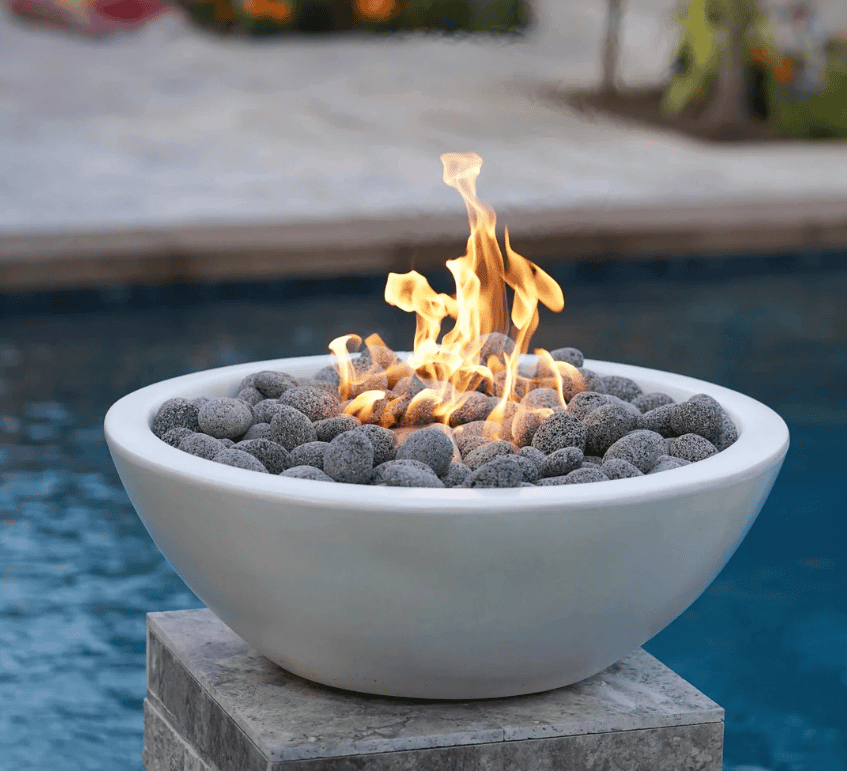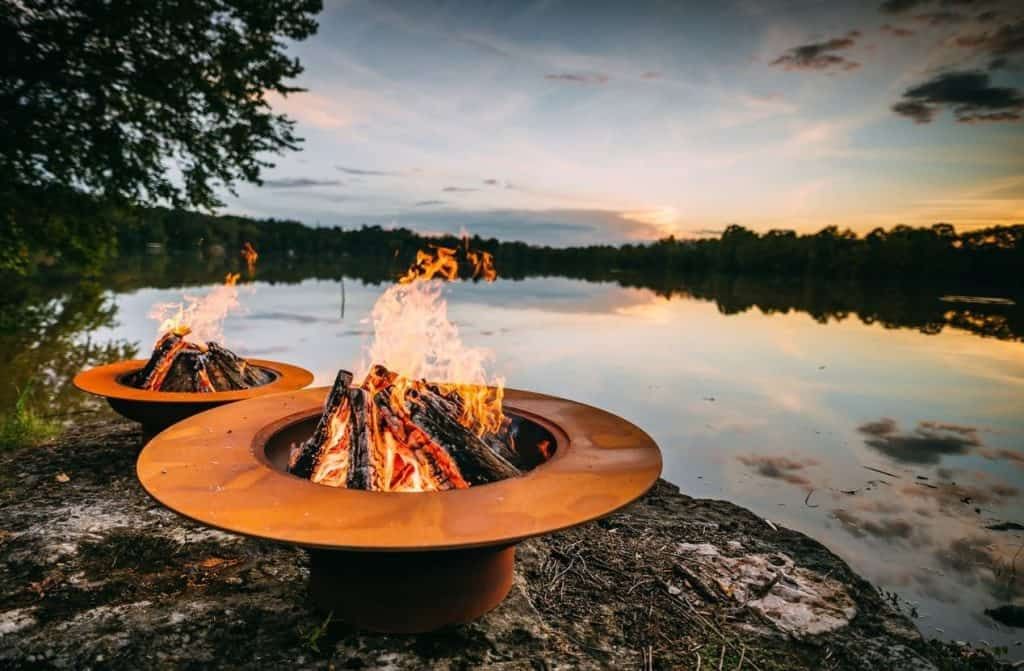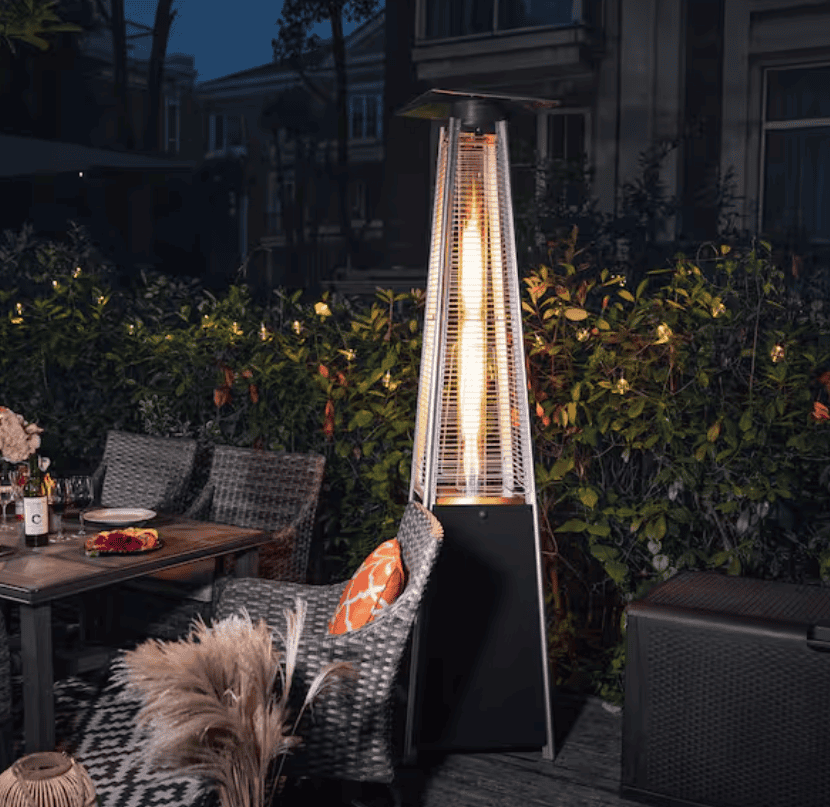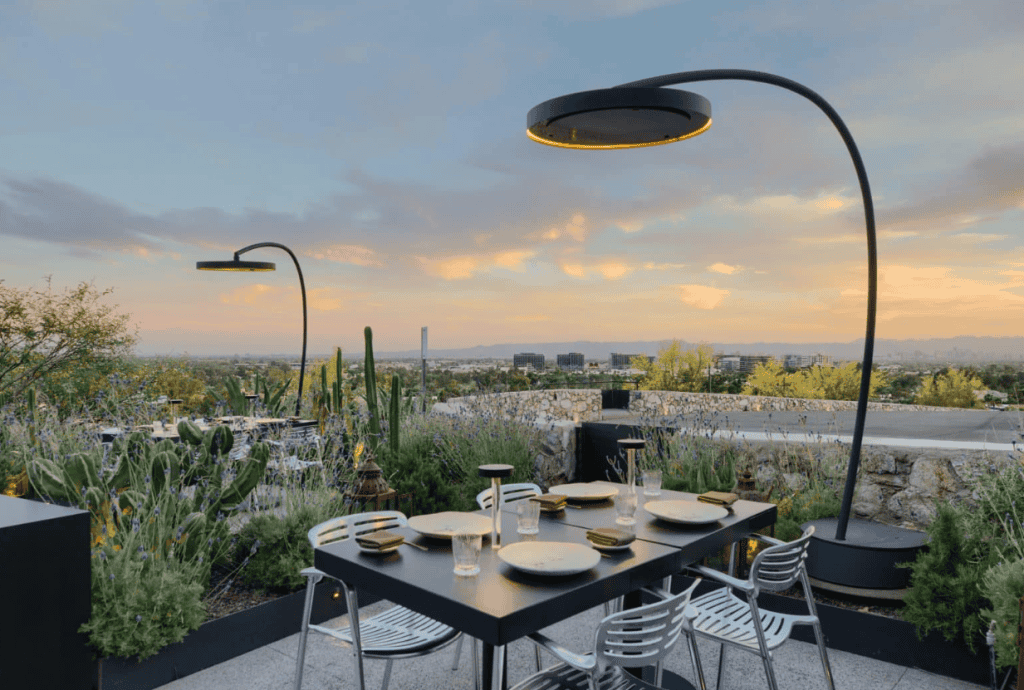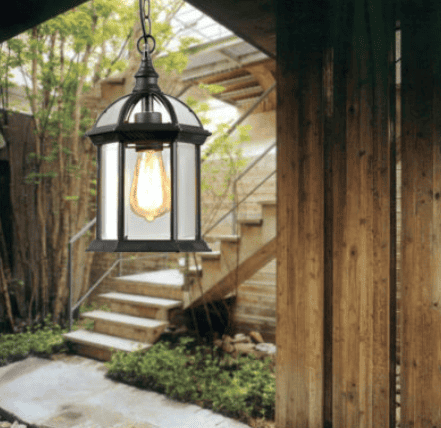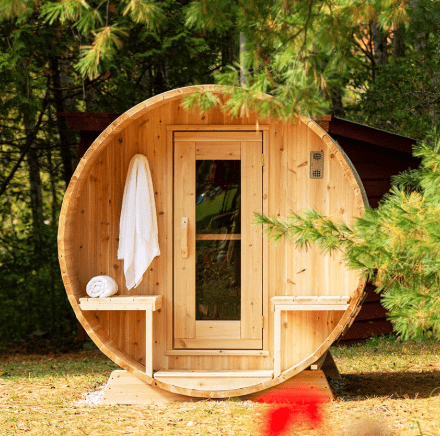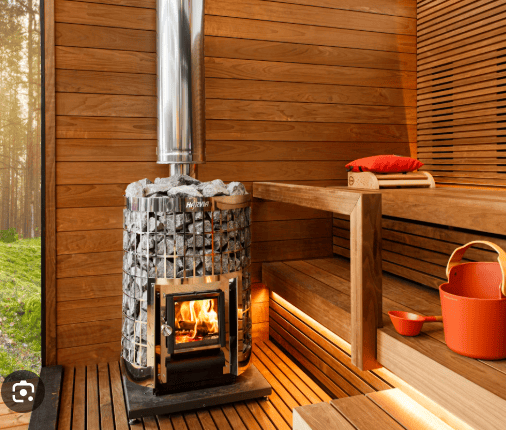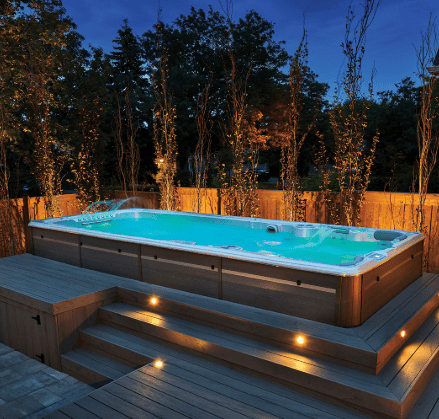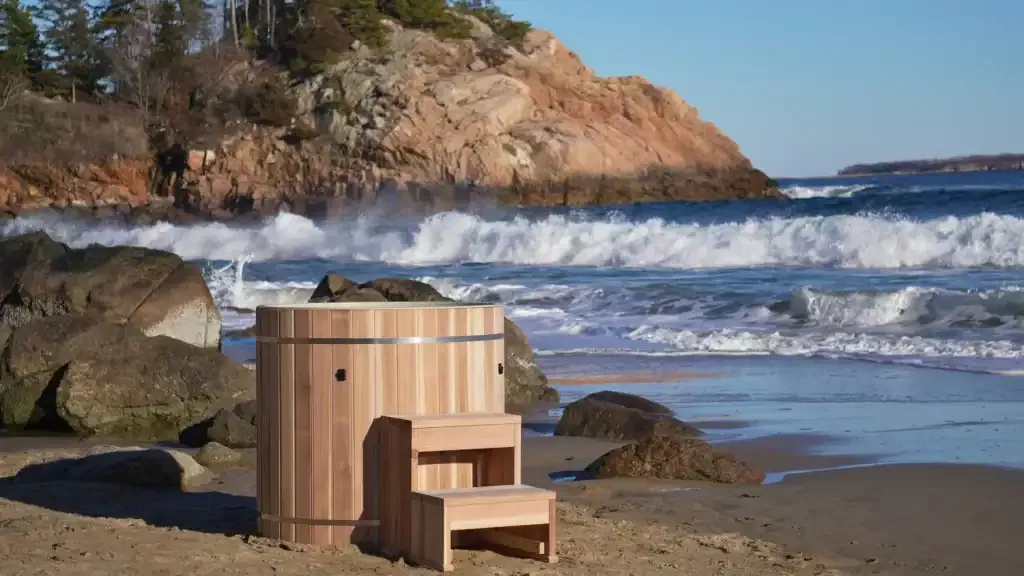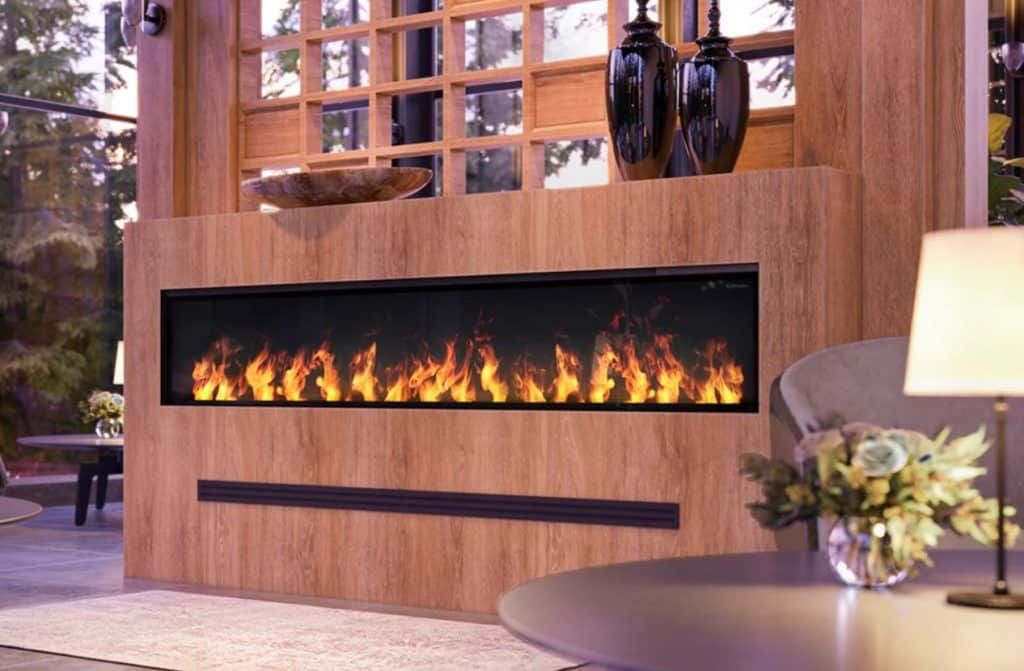fire pit
How to Pick the Right Size Fireplace
Learn how to choose the right size fireplace for your home. Discover key factors for selecting gas, electric, or wood-burning fireplaces that fit your space perfectly.
Choosing the right size fireplace can transform your home, adding warmth, ambiance, and a focal point that draws everyone in. Whether you’re considering a classic wood-burning fireplace, a convenient gas fireplace, or a modern electric fireplace, understanding your options is the first step towards creating the perfect hearth. Let’s explore the factors that will help you select a fireplace that complements your space and meets your heating needs.
Understanding Your Fireplace Options
When it comes to fireplaces, the choices can seem overwhelming. Several types of fireplaces are available, each offering a unique set of advantages and considerations, including:
- Gas fireplaces that offer convenience.
- Electric fireplaces for ease of installation.
- The traditional appeal of wood fireplaces.
From deciding whether you need venting or a chimney, to weighing the aesthetics of a brick interior versus a marble fireplace, understanding these options is crucial for making an informed decision. Also, consider fireplace insert options to upgrade an existing fireplace.
Types of Fireplaces: Electric vs. Wood-Burning
The choice between electric and wood-burning fireplaces often hinges on convenience versus authenticity. Wood fireplaces deliver a classic ambiance with the crackle and aroma of a real wood fire, but require more maintenance and attention to safety.
| Feature | Electric Fireplace | Wood-Burning Fireplace |
|---|---|---|
| Installation | Easy, often wall mounted, no chimney needed | Requires a chimney |
| Operation | Ventless, instant ambiance and supplemental heat with a switch | Requires tending to the fire and attention to safety |
The Benefits of Wood-Burning Fireplaces
Wood-burning fireplaces offer a unique ambiance that many find irresistible. The scent of wood smoke, the crackle of the fire, and the radiant heat create a cozy and inviting atmosphere. Impressive wood-burning fireplaces can become a stunning focal point in any room, adding a touch of rustic charm and elegance. Many modern wood burning fireplace designs, including some masonry options or with a castlewood aesthetic, are more efficient than their older counterparts, providing both warmth and style. Some people prefer open wood fireplaces, but inserts may improve efficiency.
Exploring New Fireplaces and Inserts
If you already have a fireplace, consider the option of a fireplace insert to enhance its efficiency and appearance. A fireplace insert can transform an old, inefficient fireplace into a modern heating appliance, whether you choose wood or gas. For those looking to add a fireplace without the hassle of building a chimney, ventless options and electric fireplace tv units provide easy solutions. Additionally, consider extending the outdoor season with an outdoor fireplace or fire pits, creating a cozy outdoor kitchen or gathering space, where gas log sets are also an option.
Measuring Your Space for a Fireplace
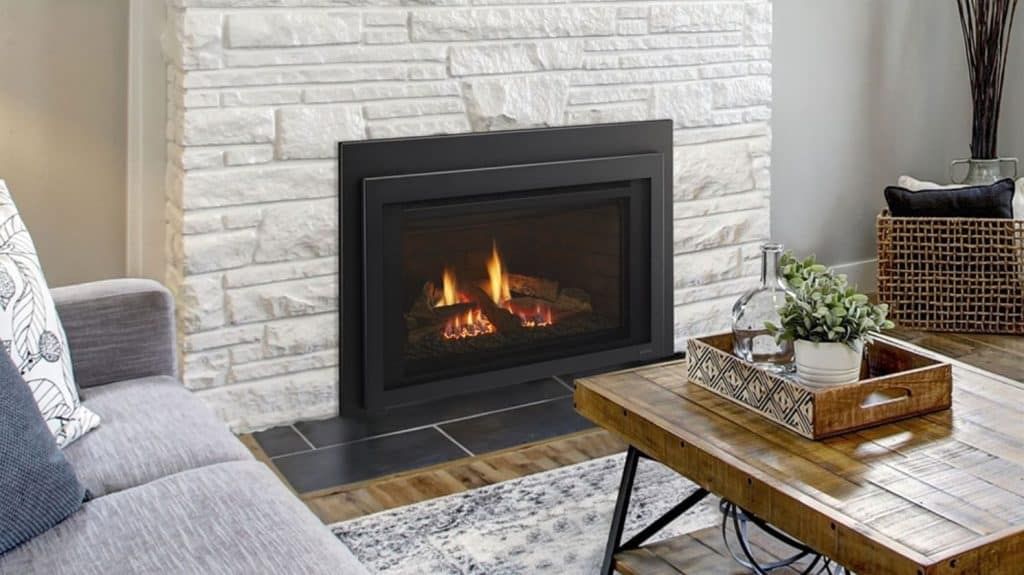
Determining the Ideal Size for Your Room
Determining the ideal size of a fireplace is crucial for both aesthetics and functionality. A fireplace that’s too large can overwhelm a room, while one that’s too small might not provide adequate warmth or create the desired focal point. Start by measuring the dimensions of your room, paying attention to the ceiling height and overall square footage. Consider the existing architectural features and how a new fireplace, whether it’s an electric fireplace TV unit, gas fireplace, or impressive wood-burning fireplaces, will integrate into the space. The goal is to find a balance that enhances the ambiance without overpowering the room, be it a freestanding stove or a modern wall mounted electric model.
Considering Hearth Dimensions
The hearth is an essential element of any fireplace, providing a safe and visually appealing transition between the firebox and the surrounding floor. When considering hearth dimensions, take into account both safety and design. The hearth should extend far enough to protect the flooring from embers and provide a safe distance from the open wood fire. For wood fireplaces, building codes often dictate minimum hearth size requirements to prevent accidental fires. Think about the materials you want to use for the hearth, such as brick, stone, or tile, and how they will complement the overall style of your fireplace, from revival fireplace designs to more rustic, castlewood aesthetics.
Placement and Clearance Requirements
Proper placement and clearance are vital for ensuring the safe and efficient operation of your fireplace. Whether you’re installing a wood burning fireplace, a gas fireplace, or an outdoor fireplace, it’s essential to adhere to manufacturer’s guidelines and local building codes. Consider the proximity of combustible materials, such as walls, furniture, and curtains, and maintain the recommended clearances to prevent overheating and fire hazards. If you’re opting for a wood-burning option, proper venting or a chimney is needed. Get requirements are paramount to ensure that smoke and combustion gases are safely exhausted from your home. Direct vent options can also affect placement considerations. Proper fireplace insert installation, along with gas log sets are also considerations. For a site-built masonry fireplace, consult with a qualified contractor. Also, an outdoor kitchen may affect placement when you extend the outdoor season.
Choosing the Right Type of Fireplace for Your Home
Outdoor Fireplaces: Enhancing Your Outdoor Living Space
An outdoor fireplace can truly transform your backyard into an inviting outdoor kitchen, allowing you to extend the outdoor season well into the cooler months. Imagine gathering around a crackling wood fire, the warmth radiating outwards, creating a cozy ambiance. Whether you opt for a site-built masonry fireplace, a freestanding stove, or a modern gas fireplace, an outdoor fireplace becomes a focal point for relaxation and entertainment. Consider incorporating log sets for a realistic wood-burning experience with the convenience of gas. With proper venting, you can enjoy the ambiance of a wood-burning option without the smoke.
Open Fireplaces vs. Stoves: Which is Right for You?
The choice between open fireplaces and stoves often boils down to efficiency and safety. Open wood fireplaces offer a traditional appeal with the mesmerizing flicker of flames and the crackle of burning wood. However, they tend to be less efficient, with much of the heat escaping up the chimney. Stoves, on the other hand, are designed to maximize heat output and minimize heat loss. Whether you opt for a wood or gas stove, they typically feature a closed firebox and direct vent, which allows them to radiate heat more effectively into the room. Many modern stoves also incorporate advanced combustion technologies, making them more environmentally friendly and cost-effective. It also provides ease of use.
The Revival Fireplace: A Stylish Option
The revival fireplace blends classic aesthetics with modern technology, offering a stylish option for homeowners seeking to add elegance and warmth to their homes. This type of fireplace often draws inspiration from historical designs, incorporating elements like ornate mantels, a detailed brick interior, and elegant marble fireplace surrounds. While maintaining the charm of traditional fireplaces, revival fireplaces often incorporate modern features such as gas log sets for convenience or efficient wood-burning capabilities. A revival fireplace can be a stunning focal point in any room, creating a warm and inviting ambiance reminiscent of bygone eras. If a chimney is needed, get a big overhaul, be sure to do it properly.
Design Considerations for Your Fireplace
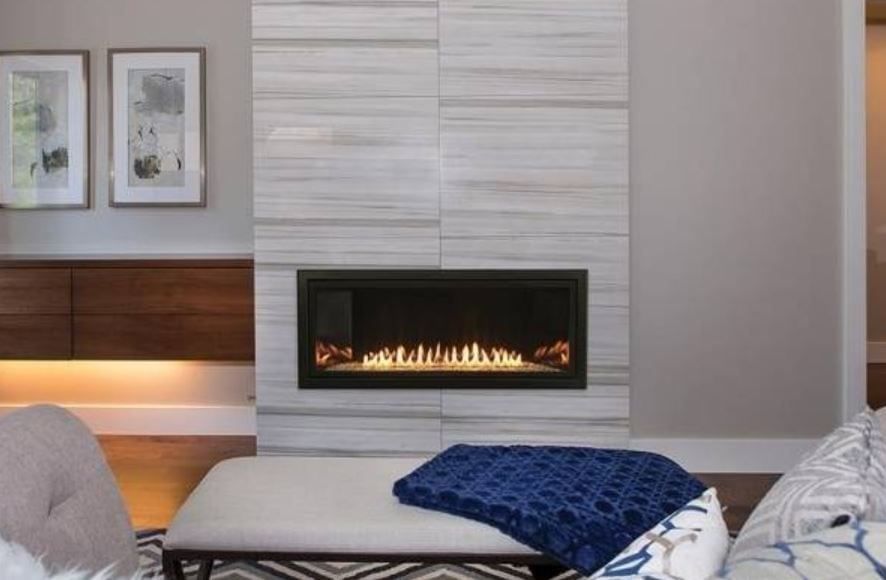
Incorporating a Marble Fireplace into Your Decor
A marble fireplace brings a touch of elegance and sophistication to any room, making it an ideal focal point for a formal living area or a luxurious bedroom. The smooth, cool surface of marble contrasts beautifully with the warmth of the wood fire, creating a captivating ambiance. Whether you opt for a classic white marble mantel or a richly veined colored marble, the material adds a timeless appeal to your home. Consider the existing decor and choose a marble that complements the color scheme and architectural style. A marble fireplace can be incorporated into a gas fireplace or impressive wood-burning fireplace design, enhancing its visual appeal and creating a statement piece that elevates the entire space. Also consider what brick interior looks best with marble.

